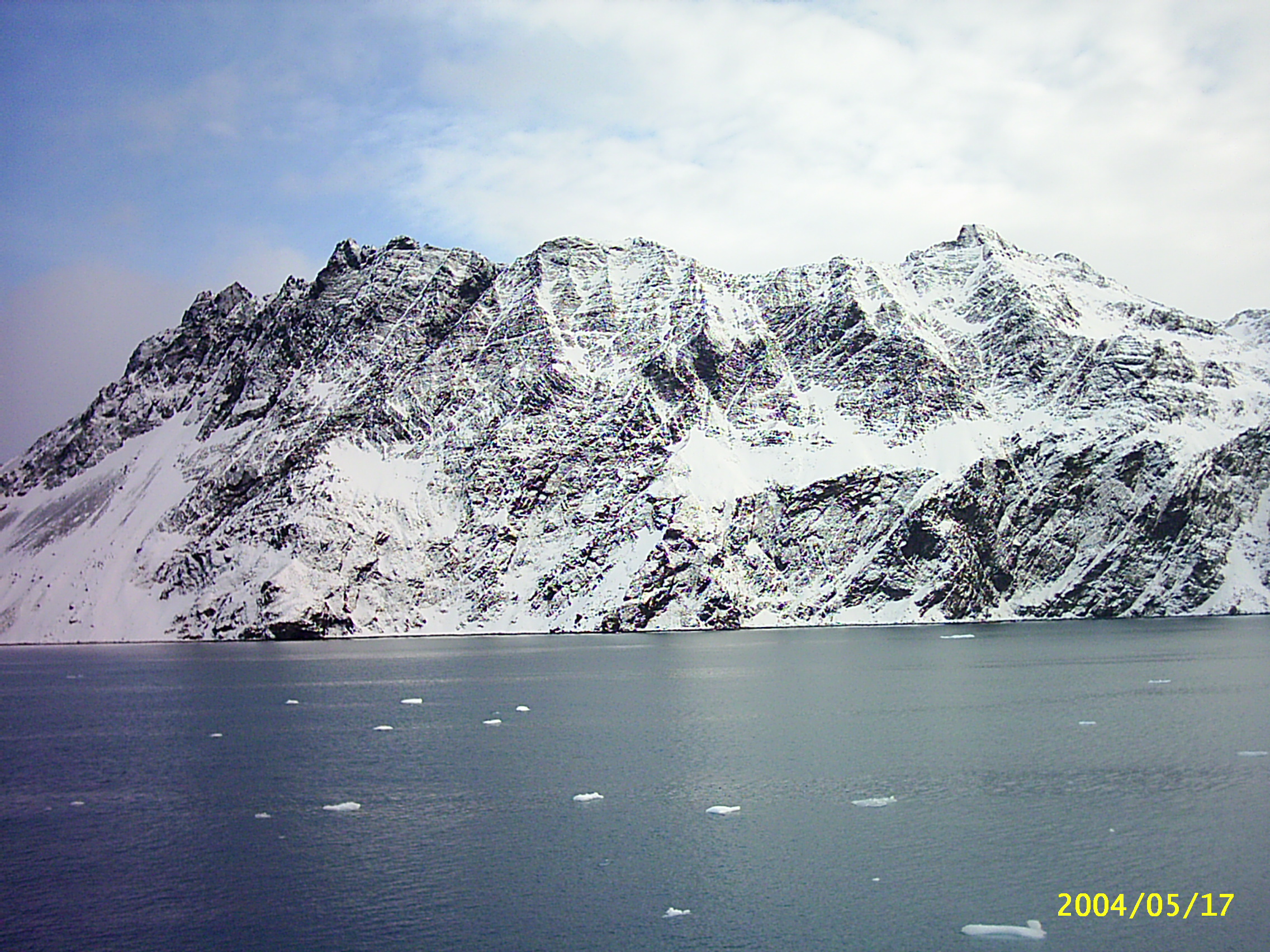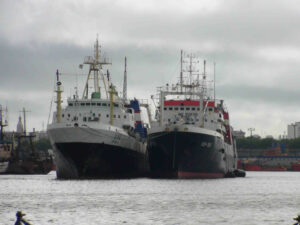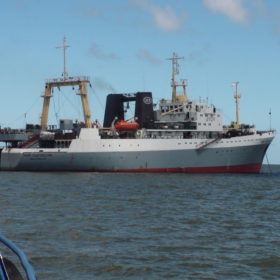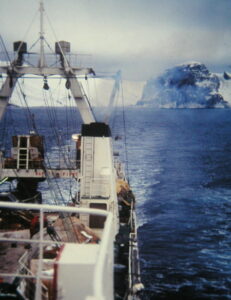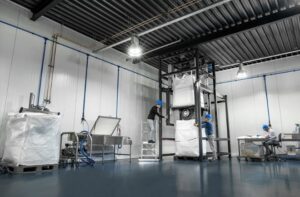 This is a research done by Simeon L. Hill (British Antarctic Survey, UK), Tony Phillips (British Antarctic Survey, UK) and Angus Atkinson (Plymouth Marine Laboratory, UK)
This is a research done by Simeon L. Hill (British Antarctic Survey, UK), Tony Phillips (British Antarctic Survey, UK) and Angus Atkinson (Plymouth Marine Laboratory, UK)
This is CCAMLR’s Secretariat Document No. WG-EMM-13/20 submitted 13 June 2013.
Antarctic krill is an obligate cold water species, an increasingly important fishery resource and a major prey item for many fish, birds and mammals in the Southern Ocean. It has a potential harvest exceeding 10% of current global marine fisheries production.
The fishery and the summer foraging sites of many of these predators are concentrated between 0° and 90°W. Parts of this sector have experienced recent localized sea surface warming of up to 0.2°C per decade, and projections suggest that further widespread warming of 0.27° to 1.08°C will occur by the late 21st century.
The research defines the Southern Ocean as the marine area south of the Antarctic Polar Front.
Researchers used statistical model linking Antarctic krill growth to temperature and chlorophyll concentration to assess the influence of projected warming on Antarctic krill habitat quality.
Results divide the sector into two zones: A band around the Antarctic Circumpolar Current in which habitat quality is particularly vulnerable to warming; and a southern area which is relatively insensitive. Research analysis suggests that the direct effects of warming could reduce the area of growth habitat by up to 20%. The reduction in growth habitat within the range of predators, such as Antarctic fur seals, foraging from breeding sites on South Georgia could be up to 55%, and the habitat’s ability to support Antarctic krill biomass production within this range could be reduced by up to 68%.
Sensitivity analysis suggests that a 50% change in summer chlorophyll concentration could have a more significant effect on Antarctic krill habitat than the direct effects of warming. A reduction in primary production could lead to further habitat degradation but even a 50% increase in chlorophyll would not completely negate the degradation of habitat available to predators. One study estimates that the Southern Ocean experienced a 10% decline in chlorophyll-a concentration over the 1980s and 1990s.
While there is considerable uncertainty in these projections, they provide strong and specific evidence that climate change poses a threat to Antarctic krill growth habitat and consequently to Southern Ocean biodiversity and ecosystem services.
Observed changes in the Southern Ocean include localized sea ice loss and increases in summer sea surface temperatures of 1°C over 5 decades near the western coast of the Antarctic Peninsula and 0.9°C over 8 decades at South Georgia.
Antarctic krill has an estimated circumpolar biomass >2 × 10⁄8t, about one-quarter of which is concentrated in about 10% of its total habitat area, specifically the Scotia Sea and Southern Drake passage where the majority of Antarctic krill fishing has occurred and where many air breathing vertebrates congregate to feed on Antarctic krill and rear offspring on islands such as South Georgia as seen on bellow figure.
The role of Antarctic krill in supporting predators might be more significant than that of any comparable species elsewhere in the world. According to the Food and Agriculture Organization of the United Nations, Antarctic krill is an underexploited and abundant fishery resource (FAO 2005).
Within its results, the research shows that the growth model correctly identifies the warmer waters north of the Antarctic Polar Front as unable to support krill growth. There are patches of elevated habitat quality along the coast of the Antarctic continent, and around the South Orkney and South Sandwich islands.
Monthly climatological models for the period 1991-2020 were, on average, 2.04°C warmer than seasurface temperature estimates for 2002-2011. The mean projected summer seasurface temperature warming for the area south of the Antarctic Polar Front between 1991-2020 and 2070-2099 was 0.27°C, 0.56°C and 1.08°C. These estimates varied between years and between models.
The projected effects of plausible seasurface temperature warming on Antarctic krill growth habitat are mainly negative. Projections imply a decrease in habitat quality over the 21st century. These effects could be offset to some extent if warming leads to an overall increase in chlorophyll production. Habitat quality could improve in some marine areas close to the Antarctic continent even under the most extreme warming scenario. However this does not seem sufficient to offset the negative impacts within the foraging ranges of birds and seals breeding at South Georgia.
Recent seasurface temperature warming rates at South Georgia and the western Antarctic Peninsula are in the upper range of projected regional warming rates for the 21st century. However, some parts of the Southern Ocean have cooled over recent decades and experienced associated increases in sea ice. Previous modelling studies suggest that recent warming might have already degraded Antarctic krill habitat in some areas.
Furthermore, the distribution of Antarctic krill seems to be affected by ocean currents which may transport individuals thousands of kilometres in a lifetime. Thus, high quality growth habitat will only result in high biomass production if sufficient Antarctic krill arrive in the area as a result of transport or local spawning.
Polar studies tend to emphasise warming because polar organisms are sensitive to temperature, which is rising rapidly in some polar regions. Nonetheless, food availability is also an important habitat characteristic which, at the physiological level, can sometimes compensate for the negative effects of temperature. This is illustrated by the high Antarctic krill abundances and growth rates found at South Georgia. This is near the northern limit of the species’ range and has relatively high and physiologically stressful temperatures, but it also has very high food concentrations.
Previous studies have reported a 10% decline in chlorophyll-a concentration in the Southern Ocean over the 1980s and 1990s and substantial localised increases and decreases in chlorophyll-a concentration at the Antarctic Peninsula in the last 30 years . Such changes are associated with changes in the composition of the phytoplankton community. The main effects at the Antarctic Peninsula were an overall decline in chlorophyll-a concentration and a decrease in the abundance of diatoms relative to other phytoplankton. Such changes are consistent with the expected widespread consequences of marine warming. A reduction in diatoms in the diet of Antarctic krill is likely to reduce both growth and reproduction.
The research projections imply significant warming by the late 21st century which will likely to severely diminish the biomass production of Antarctic krill. The most severe impact are likely to occur within the foraging ranges of the seabirds and seals which breed at South Georgia, and which represent substantial fractions of the global populations of these species. This is also the main area where the Antarctic krill fishery operates.
Results provide strong and specific evidence that climate change poses a threat to Antarctic krill growth habitat and consequently to Southern Ocean biodiversity and ecosystem services.
There is a need to develop methods for evaluating these impacts in parallel with improved regional climate projections. CCAMLR and the authorities responsible for managing other human activities in the Southern Ocean should prioritise adaptation to and management of the risks posed by climate change.
See more at http://www.plosone.org/article/info%3Adoi%2F10.1371%2Fjournal.pone.0072246
See full report at CCAMLR Secretariat Research June 13 2013

